Over the past year, Joey (Y11) has been working hard, grafting away on his entry into the highly competitive Computer Science category of the 2020 S.-T. Yau High School Science Award Global Finals. The awards, originally founded in 2008 by the internationally renowned mathematician Shing-Tung Yau, saw over 1,170 teams from around the world competing for the top spot this year. Impressively, Joey overcame the strong competition and won bronze for his project: “Research on ELC (Electronic Line Calling) of Tennis Based on Monocular Vision”.
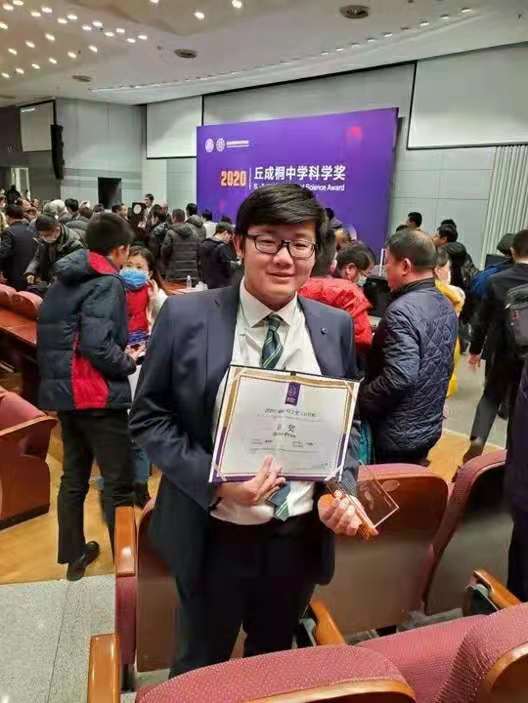
A tech-savvy and ambitious young man
Looking back on his journey to the awards, Joey said that his growth at Pao School was an inseparable part of his success. Joey has come a long way since Year 8, when he first enrolled at Pao School, as at the time he was not comfortable speaking publicly. Over the years he has had to push himself out of his comfort zone and learn how to speak publicly in order to deliver presentations for his schoolwork.
Joey's efforts have borne rich fruit, as he has gradually transformed into an outstanding public speaker in both English and Chinese. These skills were integral to him winning a bronze medal at the S.-T. Yau High School Science Award Global Finals. As part of the competition, he presented his project twice: once in Chinese in the semi-finals at Zhejiang University in Hangzhou, and later in English at the finals at Tsinghua University in Beijing.
In addition to strengthening his personal expression skills at Pao School, Joey has also become a more active thinker. "If I hadn't come to Pao School, I might still have been a good student and been accepted to a good university, but I would not have had the chance to strengthen my independent thinking to the same extent, or come into contact with new things," Joey said.
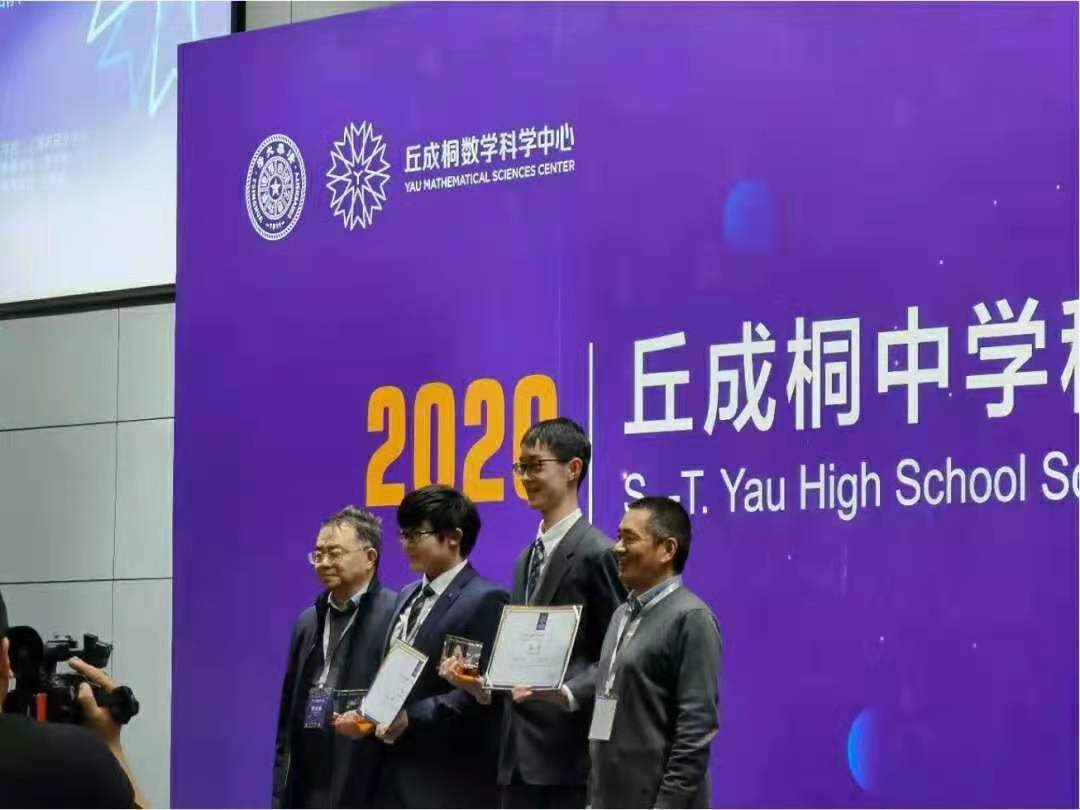
However, Joey believes that his biggest gain from Pao School is his strengthened internal drive. In the past, his parents and teachers had to constantly push him to take his studies seriously. Yet after spending time at Pao School, Joey has realized that he must take charge of his own learning and build his independence.
The school’s philosophy and teaching style has been a driving force for these changes, Joey explains, "The special thing about Pao School is that the teacher will not always monitor your progress with homework but will set a strict deadline for assignments. The advantage of this approach is that allows students to become adept at managing their time. If you master your time management skills, you can ace your homework assignments."
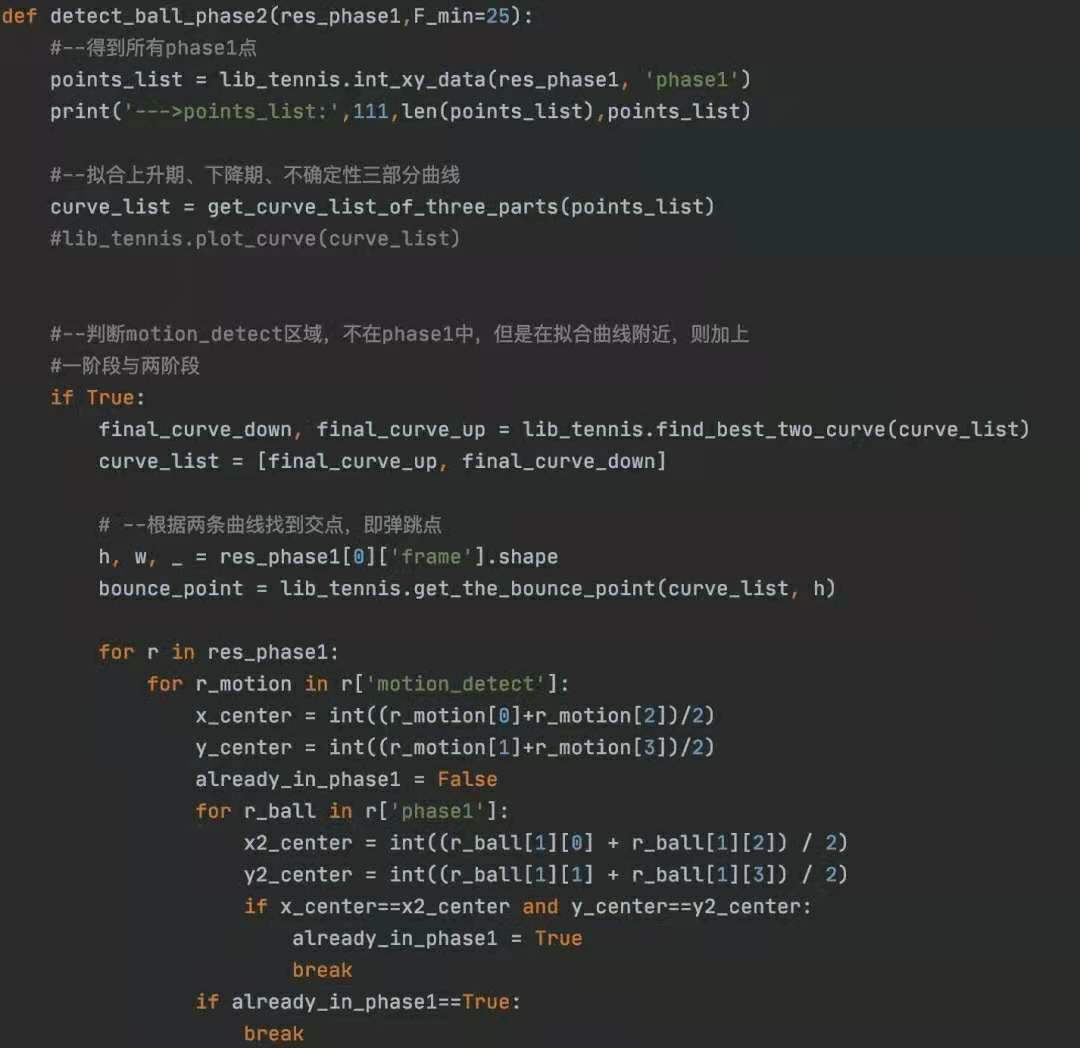
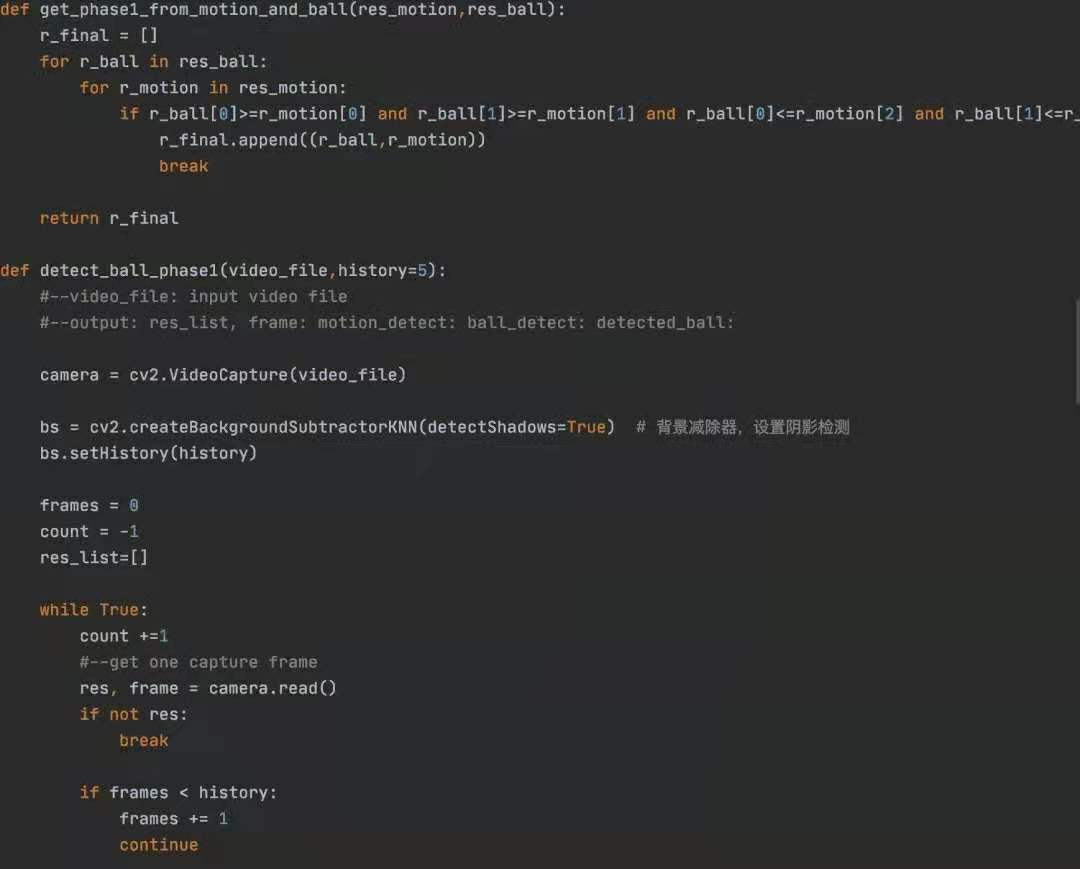
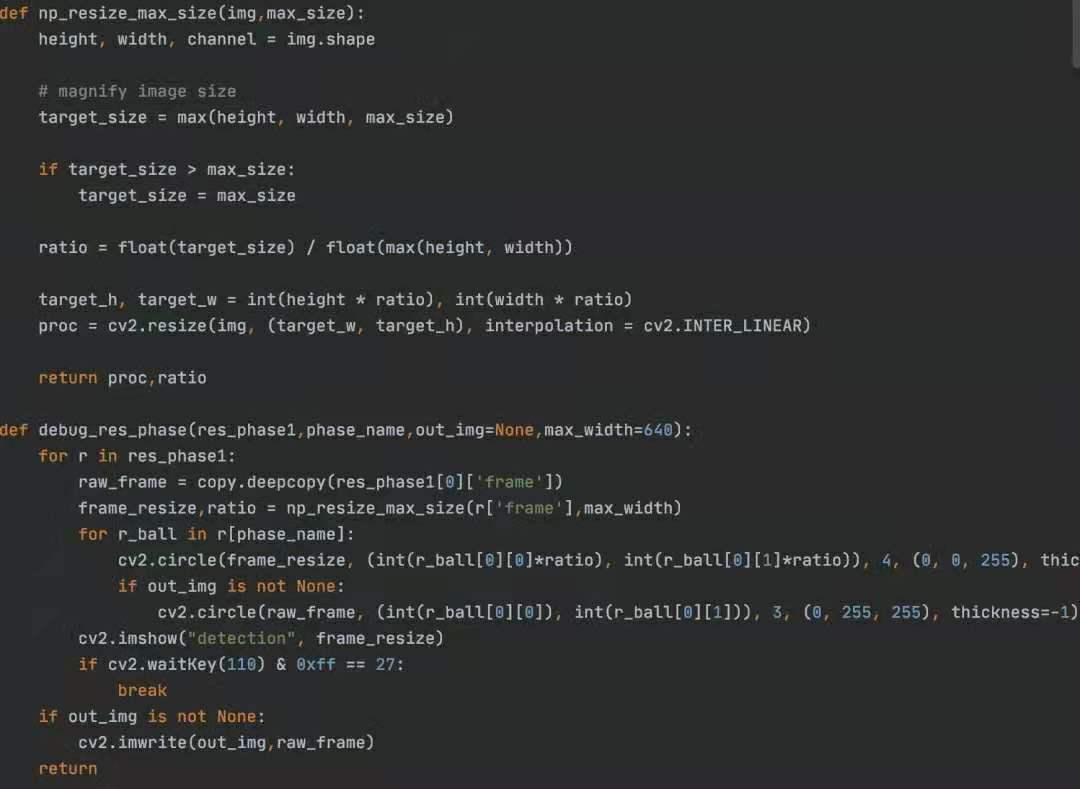
Initially, Joey’s interest in computer programming was born in Year 7. After joining Pao School, this interest eventually drove him to pursue the subject academically through IGCSE Computer Science and the advanced computer science course for IB. As Joey has taken the IB course he has studied programming and the use of computers to solve problems in real life. More broadly, the course aims to cultivate students' knowledge of computers, helping them to understand computer and other digital device operations and programming. Joey was able to apply this knowledge in his award-winning research project, which also taught him to break down a big problem into several small problems and solve them one by one.
Marrying computer science with tennis
Joey is not only a fan of technology. Since Year 7 he has also been pursuing his love of sports through receiving professional tennis training. He is currently a national second-level tennis player and has participated in tennis competitions both small and large. Through these years of competitive tennis experience, Joey discovered that in municipal and amateur competitions there is usually a trust system applied for penalties. That is, when a player hits a tennis ball out of bounds, their opponent must make the judgement about whether a penalty is required. However, there is a fundamental challenge to making these judgements – if a ball is hit too fast, which happens frequently, the decisions can present controversy.
To solve this problem, a state-of-the-art real-time computer vision system called an Electronic Line Calling system (ELC), also known as a Hawk-eye System, must be used as an auxiliary referee. However, this technology is extremely expensive and only affordable in professional high-level competitions. Fortunately, Joey has come up with a simpler and more cost-effective version of that system.
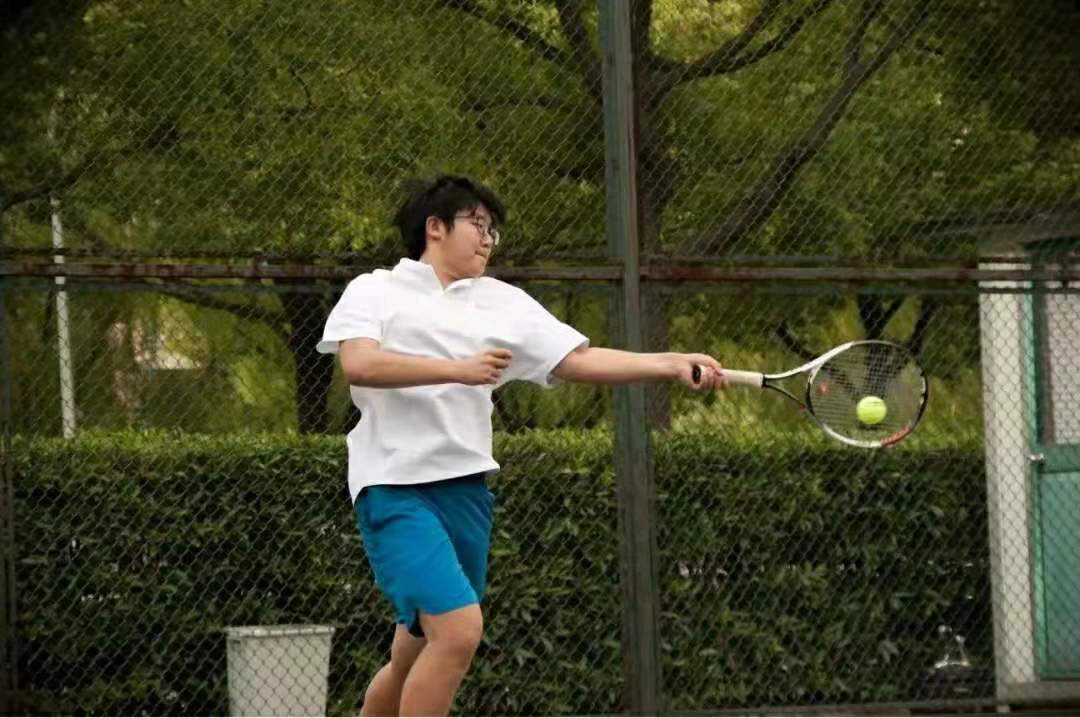
According to Joey, the traditional hawk-eye system used in professional tennis games mainly uses binocular vision technology; that is, dual cameras simulate the human eye to obtain the three-dimensional coordinates of the ball and reviews the data within a three-dimensional digital version of the tennis court. Initially, Joey wanted to use binocular vision technology, but the cost was too high. This is as the technology is complex and dual camera systems are very expensive. Since one of the original purposes of the project was to produce a more affordable system, Joey instead chose to use monocular vision technology, working under the guidance of Professor Yan Junchi of Shanghai Jiao Tong University. This technology can recognize the ball and judge its movements on a two-dimension plane for a reasonable cost.
After deciding to use monocular vision technology, Joey entered a stage of experimental testing. During this process, he encountered some problems. The first challenge was how to make the computer accurately locate the tennis ball through the video: First, the tennis ball is relatively small and usually moves very fast, which can lead to missed detections. Second, the video may catch other background movements, such as running players and tennis balls on the adjacent court, which can interfere with the detection of the ball. Joey combined two existing methods to improve the computer’s accuracy in recording the ball's trajectory and in identifying the correct ball.
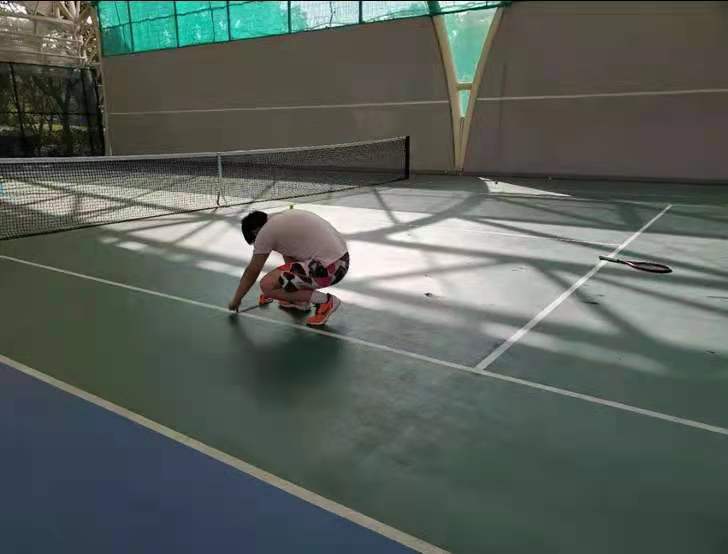
Joey’s second challenge was predicting the bouncing point of the tennis ball. The bounce of a tennis ball represents a sudden alteration of the ball's trajectory, in which there are changes in its speed, rotation and angle. It was sometimes difficult to distinguish whether a ball is ascending or descending – a type of movement that Joey calls an ‘uncertain point’. In response to this difficulty, Joey divided the trajectory of the ball into two categories: descending and ascending points. He then used the least square method, a method for statistical modelling, to fit these data points into a curve. This allowed Joey to identify the point at which the descending and ascending curves will cross, giving him a predicted bouncing point. After trying different combinations, he was able to attribute accurate bouncing point coordinates to the uncertain points – greatly improving the accuracy of his method. Finally, Joey could use the relative position relationship between the coordinates of the bouncing point and the tennis court grounds to judge whether a tennis ball is out of bounds.
In order to evaluate his method, Joey collected and marked hundreds of video samples over several months with the help of his mentor and team. Experiments found that his method has an accuracy rate of 99.5% in automatically judging whether the ball is out of bounds. It also has an accuracy rate of 81.8% for balls that are close to the out-of-bounds critical point, which can be difficult to accurately measure. According to Joey, this monocular vision hawk-eye system is 98% less expensive than the traditional hawk-eye system, while the accuracy of the penalty has also risen from about 70% to 95%. What's more, a decision on a penalty can be made in just two to three seconds.
This end results of this project were built on several months of hard work, after Joey started the project in May 2020. He initially read through the relevant literature, then experimented with his ideas, before beginning the next writing and revising research report, then the semi-final defense and lastly the final defense.
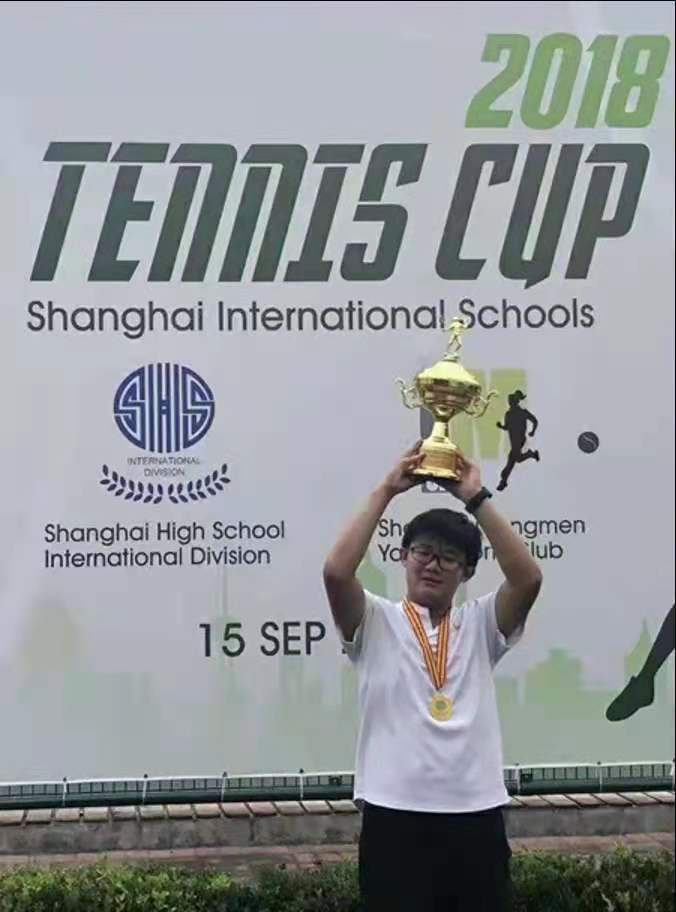
The sword is sharpened, and the fragrance of plum blossoms comes from the bitter cold. For more than a decade, Joey has dedicated himself to different sports, and tennis in particular. Having trained professionally for the sport, Joey has gained a lot from his tennis experience. He and his instructor have even tackled problems encountered in the game of tennis, and developed technology-enabled solution to one of those problems. In this manner, Joey has made a contribution to the sport. We are very pleased to see this result for Joey that was made possible by Pao School's whole-person education approach. We share the same beliefs about education. I hope that in the years ahead, Joey stays true to his vision and always keeps an open mind, so that he can make a significant contribution to society.
———— Joey’s mother
Curve Fitting
Curve fitting is the process of constructing a curve, or mathematical function, that has the best fit to a series of data points, possibly subject to constraints.
Least Squares Method
Least Squares Method is a standard approach in regression analysis to approximate the solution of overdetermined systems by minimizing the sum of the squares of the residuals made in the results of every single equation. The most important application is in data fitting.
Hawk-eye system
The Hawk-eye system is an instant playback system that uses computer vision technology to tracks and record the trajectory of the ball with high-speed and high-resolution video cameras. It replays the most likely probable movement path and bounce point in the form of dynamic images, clearly showing the audience and players. The Hawk-eye system can display the game from multiple angles, overcome many blind spots of human judgment, improve the accuracy of referee judgments, and also boost the fairness of the game. Further, the Hawk-eye system can analyze the advantages and disadvantages of the hitting data and skills of the players, and provide instructional reference for ball sports. The Hawk-eye system isnot only widely used in tennis, but also sports such as football, cricket,tennis, basketball, badminton, rugby, baseball, volleyball, and billiards.
——The content is excerpted from Joey's
"Research on the ELC of Tennis Based on Monocular Vision"
Shing-Tung Yau High School Science Award
The 2020 S.-T. Yau High School Science Award was initiated by the internationally renowned mathematician Shing-Tung Yau in 2008. It currently includes six disciplines: mathematics, physics, chemistry, biology, computers and economics and financial modeling. The 2020 S.-T. Yau High School Science Award Competition began in April 2020 and lasted eight months. It involved more than 300 secondary schools and 1,170 teams fromnearly 30 provinces and cities in China as well as 17 countries and regions including the United Kingdom, the United States, and Singapore. A total of 901 valid papers were submitted.